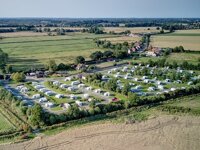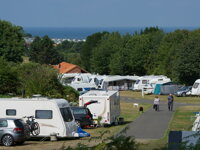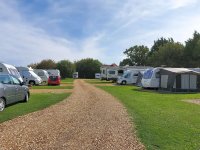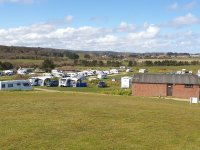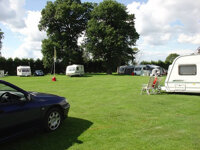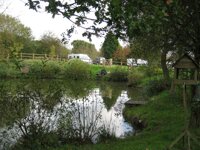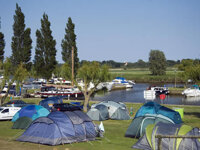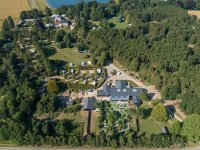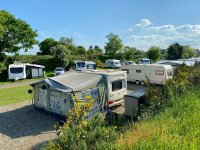Camping in East of England
46 campsites in England, East of England for Norfolk
Campsite Listing Google Map
The following consent is required:
Tracking & performance, Targeting & advertising.
East of England
The East of England is a perfect mix of soft and gentle countryside, ancient cities, historical towns, and storybook villages. Its coastline is largely untouched and studded with nature reserves, ideal for bird-watching, while the traditional beach resorts offer old-fashioned seaside fun.
This region includes the counties of Essex, Suffolk, Norfolk and Cambridgeshire.
What to see in the East of England

Essex is full of quaint villages with a smattering of old towns and traditional seaside resorts, including Colchester and Southend-on-Sea.
The river Cam winds its way through Cambridgeshire; punting along the river in Cambridge is a good way to relax and take in the many famous university buildings that dominate the waterfront along the ‘Backs’. Further along the river is the ancient cathedral city of Ely, once an island before the Fen drainage. The flat Fenland has a network of rivers and canals, ideal for narrowboat trips, as are the Norfolk Broads.
Norfolk itself is very flat, sparsely populated and tranquil, popular with walkers and cyclists, while the numerous nature reserves attract a variety of wildlife. It also has a beautiful coastline; the seaside towns of Great Yarmouth and Hunstanton are major draws.
This unspoilt coastline stretches into Suffolk, ‘Constable Country’. Full of space, with picturesque villages set amongst lush green countryside dotted with timbered cottages and ruined abbeys, the county is home to Newmarket, the horse racing capital of the world.
Places of interest

- Essex: Clacton-on-Sea; Walton-on-the-Naze, with nature reserve; Waltham Abbey; Epping; Chelmsford; Colchester.
- Suffolk: Ipswich; Lowestoft; the market town of Bury St Edmunds with Georgian theatre; Aldeburgh with its annual festival.
- Norfolk: the bustling city of Norwich; seaside resort of Great Yarmouth; waterways of the Norfolk Broads; Sandringham Palace near King’s Lynn; Banham Zoo.
- Cambridgeshire: museums, historic college buildings and punting in Cambridge; Ely Cathedral and stained glass museum; Imperial War Museum in Duxford; St Ives riverside town with popular Monday market; Wildfowl & Wetlands Trust near Wisbech.
- Hertfordshire: St Albans and nearby Butterfly World project; historic Knebworth House with gardens and miniature railway.
- Bedfordshire: Wrest Park gardens; Woburn with abbey and safari park; Whipsnade Wild Animal Park; Shuttleworth Collection near Biggleswade with birds of prey.
Did you know?
- Newmarket has been recognised as the Headquarters of Racing for over 300 years.
- The tractor was invented in Biggleswade, Bedfordshire, in 1901 by Daniel Albone.
- Danbury Common, Essex, is home to Britain’s largest population of adders.
- The artist John Constable was born in 1776 in the village of East Bergholt. Nearby Flatford Mill, was portrayed in his most famous scene, ‘The Haywain’.
- Oliver Cromwell’s head is buried in an unmarked grave close to the entrance of Sidney Sussex College chapel, Cambridge.
- Epping Forest was the haunt of the renowned highwayman, Dick Turpin.

